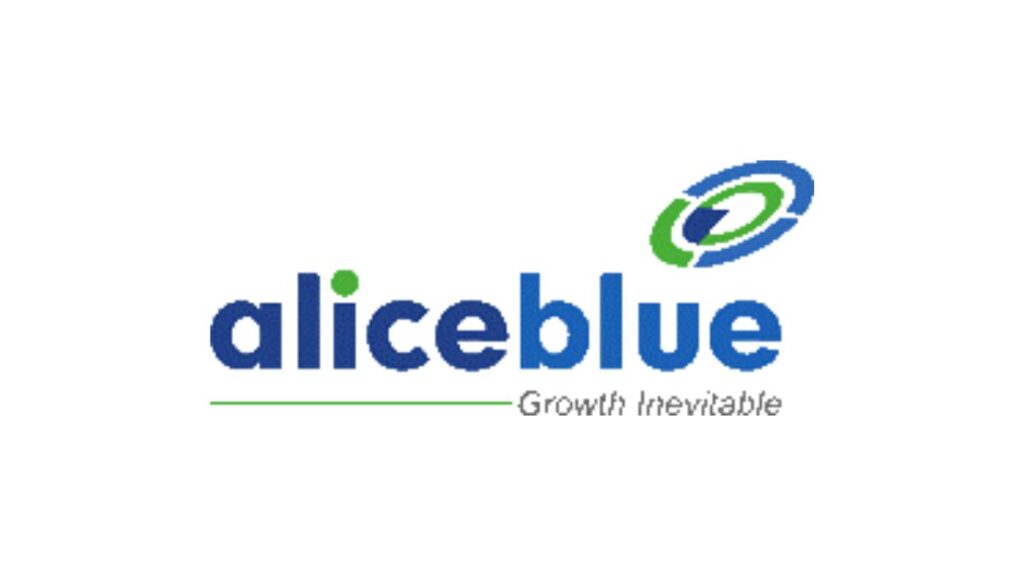Bangalore (Karnataka) [India], September 25: In today’s dynamic financial landscape, the age-old adage holds true: “Higher returns come with higher risks.” While equity markets offer the potential for substantial returns, they are not without their inherent risks. As investors, it is crucial to acknowledge the concept of equity risk premium when navigating the world of investments. Volatile and unpredictable events like the 2008 global financial crisis, the COVID-19 pandemic, and the recent Russia-Ukraine conflict underscore the need for robust risk management strategies to safeguard portfolio returns.
In the realm of investment, prioritizing risk management should precede the pursuit of return maximization. Every investor grapples with two primary forms of risk exposure: market risk and business risk. Market risk is rooted in macroeconomic factors, such as fluctuations in interest rates, geopolitical developments, or economic downturns. Foreign Institutional Investors (FIIs), for instance, closely monitor these indicators and may adjust their investments accordingly, either on a global or national scale.
Conversely, business risk pertains to risks specific to a company. It encompasses factors like intensifying industry competition, regulatory hurdles, supply chain disruptions, or operational inefficiencies. For instance, the automotive industry’s recent experience during the festive season illustrated how a shortage of semiconductor supply impacted car production despite high customer demand. Today, preparations for the ongoing festive season indicate that 95% of dealers have bolstered their inventories to meet this year’s expected demand.
Effective risk management begins with an investor’s assessment of their risk tolerance, viewed within the broader context of their portfolio. To achieve this, investors should grasp the concept of Value at Risk (VaR). VaR quantifies potential portfolio losses and their probability of occurrence over a specific timeframe. For example, if an investor states a 1-day VaR of their portfolio as 1 lakh with a 95% confidence level, it implies that there is only a 5% chance of the portfolio experiencing losses exceeding 1 lakh on any given day.
Another key metric that global analysts closely track is beta, measuring a stock’s historical volatility relative to market indices like Nifty. For instance, a beta value of 1.3 for Infosys indicates that its price volatility is 30% higher than the market’s. Consequently, when the market rises by 1%, Infosys is likely to increase by 1.3%.
Diversification is an effective tool to mitigate business risk. By investing in various industries beyond a specific sector, investors can shield themselves from stock price fluctuations tied to factors such as interest rate volatility. For instance, diversifying into non-interest-sensitive sectors like FMCG or pharmaceuticals can help balance portfolio-level risks.
Furthermore, investors can employ derivative instruments like Futures and Options to hedge against stock-specific price risks. For instance, purchasing a protective put option can offset potential losses resulting from a decline in a stock’s price.

Lastly, continuous and periodic portfolio monitoring is essential due to the ever-evolving market conditions. A consistent risk assessment approach enables investors to effectively manage investment risk over the long term.
For more in-depth insights into investment and trading strategies, please visit www.aliceblueonline.com.
If you have any objection to this press release content, kindly contact pr.error.rectification[at]gmail.com to notify us. We will respond and rectify the situation in the next 24 hours.


